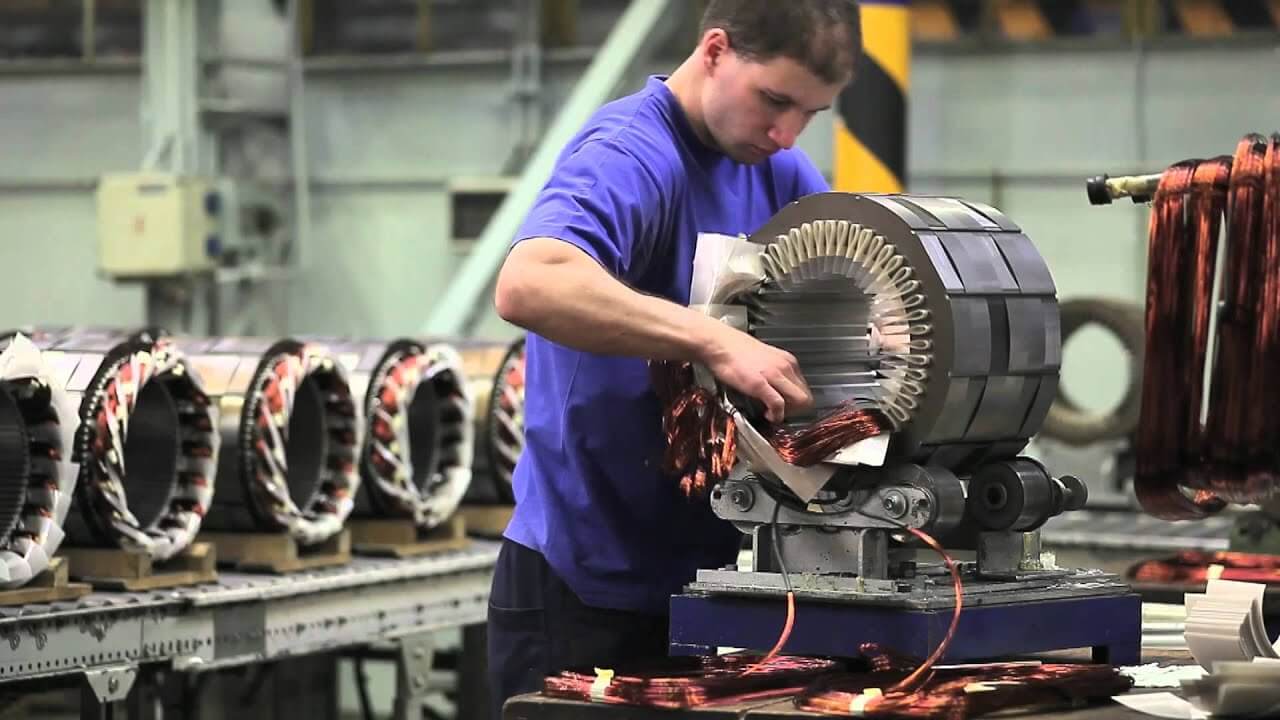Smooth, vibration-free rotation is critical for industrial machinery’s reliable performance and longevity. Yet the wear and tear of regular operation causes even properly balanced equipment to become gradually out of balance over time.
Left uncorrected, growing vibration leads to damage, increased noise levels, and unnecessary mechanical stress, shortening a motor’s lifespan.
How do we get away with such a situation?
Quality field balancing routinely proves indispensable for significant plant assets to counteract deteriorating rotations. It measures existing imbalance amounts and directs technicians where to precisely add corrective weight material, restoring uniform rotation vital to operations.
Let’s delve into the step-by-step approach for properly conducting field balancing on in-service motors, blowers, and other rotating equipment already in service.
By understanding and implementing these proven techniques, your maintenance teams can confidently restore ideal running balance and extend asset lifetimes.
Step # 1: Preparation & Setup
Like other maintenance tasks, quality field balancing hinges on thorough preparation before accessing the equipment.
1. Review initial installation reports to obtain as-balanced rotor masses and locations of any previous balancing adjustments.
2. Inspect unit couplings, bearings, and mounting for signs of deterioration, which could influence results.
3. Next, select an appropriate field balancer. Portable dynamic balancers that measure and correct residual imbalance in either one or two planes work best.
4. Qualified personnel should then set up the balancing hardware according to manufacturer instructions.
5. Secure the balancer firmly to the motor shaft end while protecting couplings from potential swings during rotation.
Step # 2: Equipment, Hardware & Safety Reviews
Selecting proper balancing machines suitable for on-site work proves critical to success.
1. Portable dynamic balancers measuring residual imbalance in multiple planes excel for field balancing.
2. Additional inspection ensures units function per design and manuals.
3. Critically review lockout/tagout and other safety protocols, with designated personnel certified on all machining, adhesive applications, and weight installation procedures, ensuring quality field balancing.
4. Re-inspect setup assembly points for rigidity under calculated imbalance loads.
Step # 3: Baseline Vibration Readings
With the equipment ready, calibrate proximity probes or accelerometers to the required sensitivities for vibration amplitudes, indicating unbalanced amounts that need correction.
1. Position sensors as per balance plane layouts, typically horizontally and vertically.
2. Capture FFT spectral data at one or more speeds across each plane.
3. Record baseline amplitudes and phase readings against which to compare field balancing results.
4. Reproducible documentation proves indispensable for long-term monitoring.
Velocity and phase data help identify sources of any detected unbalance or looseness within the system.
Step # 4: Diagnosing Imbalance Root Causes
In-depth analysis identifies detrimental sources necessitating correction.
1. Compare present results to as-balanced and past data, along with physical examinations.Check for;
a. Worn or damaged rotor parts,
b. Material cracking,
c. Corrosion allowing out-of-balance movement,
d. Loose assemblies resonating imbalances, etc.
2. Trial-rotate at varying speeds while monitoring increased amplitudes and identifying problematic components.
3. Examine components for signs of rubbing or excessive end play.
Whether using shop tools or portable field units, quality diagnostics prove critical to balancing success.
Step # 5: Weight Installation & Quality Field Balancing Corrections
1. Using supplied templates, carefully scribe balance reference marks onto the rotor end indicating angular positions for adding or removing balancing weights.
2. Drill weight bolt holes sized for the balancing adhesive used according to the template.
3. Handle components carefully, cleaning surfaces for optimal adhesive bonding throughout field balancing.
4. Trial-install test weights recorded against resulting vibration amplitudes, progressively removing excess from high spots and adding to lows across planes until balance nears perfection or falls within standards.
Cured epoxies or locking set screws prevent installed weights from shifting during high-speed rotation.
Step # 6: Post-Balance Inspections & Validation
Recheck amplitudes across planes and speeds to match desired reductions from machine balancing per standard validations.
1. Address the causes impeding quality field balancing success for safe, smooth operation.
2. Inspect balancing hardware, weights, and adhesives to ensure they remain intact for long-term protection.
Document anything and everything,
1. From noting equipment information,
2. To locations and amounts of any weight material applied,
3. Post-balance readings demonstrate the success of the field balancing work performed.
This serves as a baseline for future reference.
Step # 7: Ongoing Reliability through Monitoring
Periodic re-inspections detect imbalance re-occurrence before damaging effects, guided by findings from field balancing history.
1. Comparative data guides touch-up frequency needs due to application wear rates.
2. Catching early signs and subsequent field touch-ups refine corrections, ensuring longevity from critical assets.
3. Well-documented field balancing programs deliver maximum uptime through proactive maintenance, preventing premature and unexpected failures that typically require replacement or extended downtime.
4. Over time, savings outweigh upfront machine investment.
Conclusion
Quality field balancing administered systematically proves indispensable for industrial facilities where space constraints rule out dedicated shop work. Extensive planning and strict adherence to principles detailed here deliver results on par with those of balancing specialists. Standardized procedures ensure consistent, repeatable installations capturing imbalance root causes.
Ongoing monitoring further refines corrections, catching minor deviations before damage occurs. These practices extend rotational equipment lifetime and improve production dependability through vibration control.

